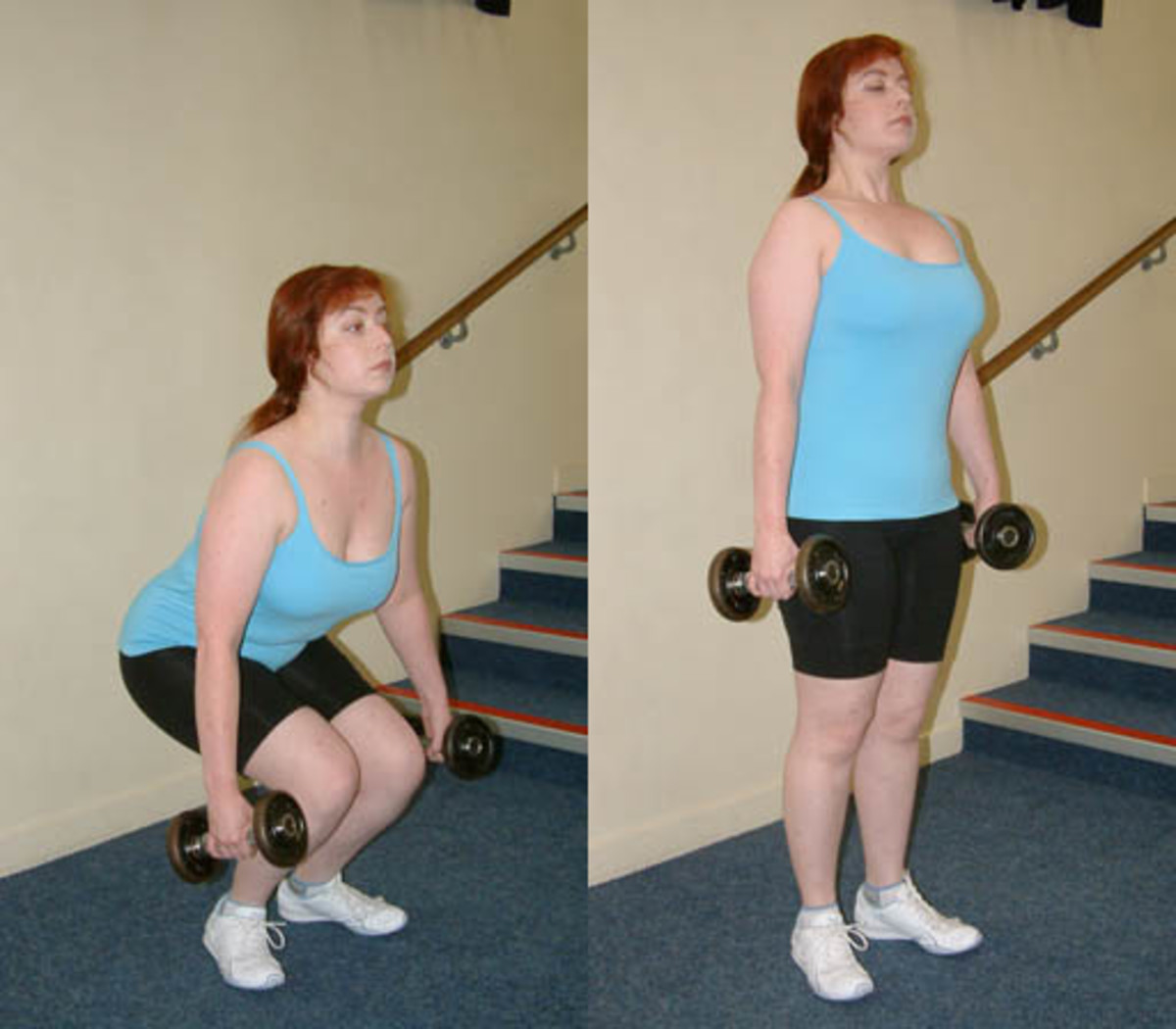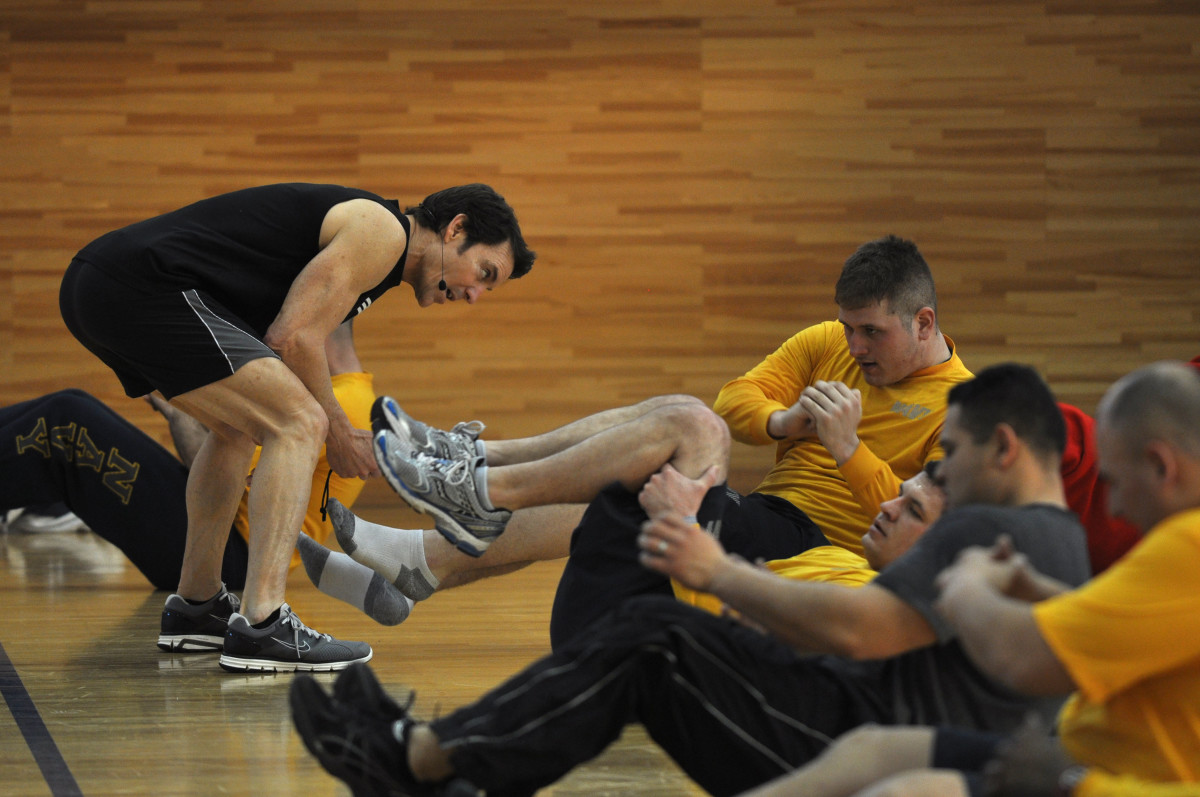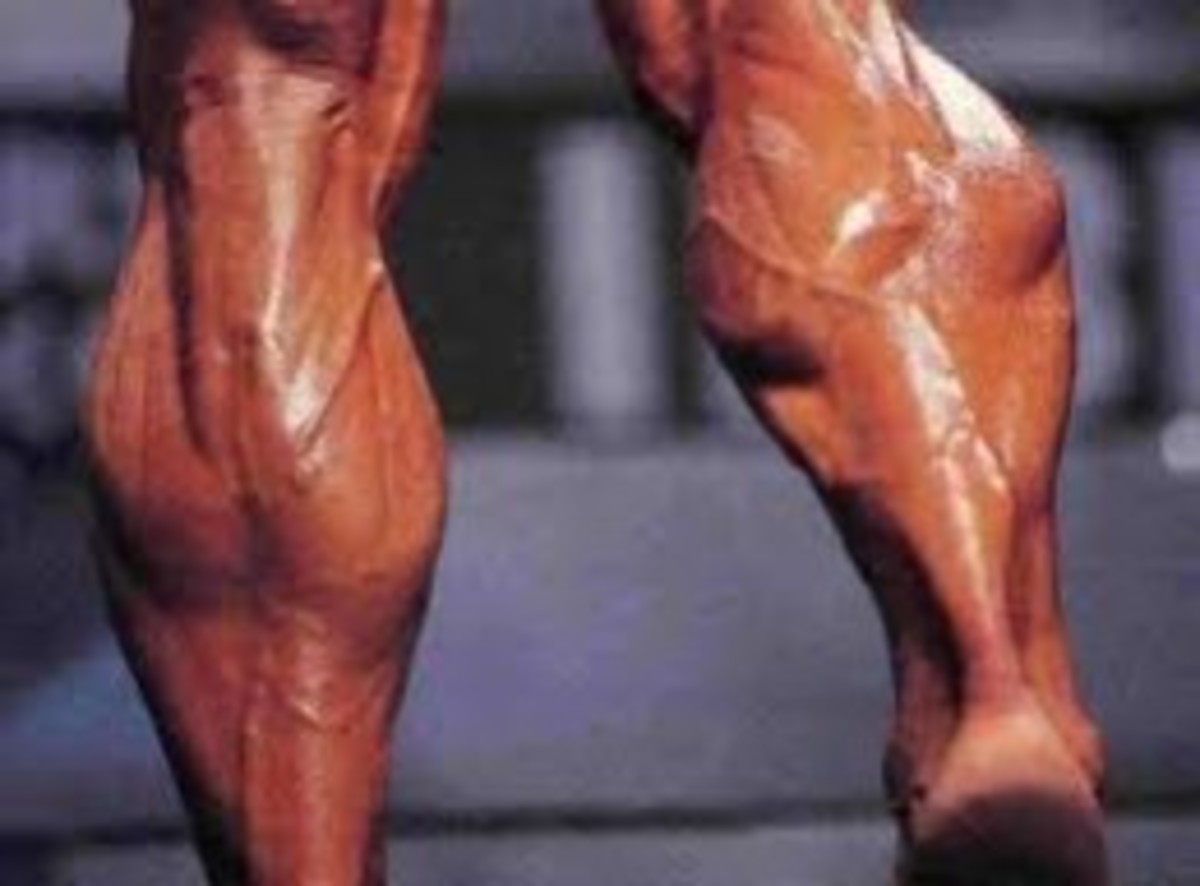Functional Training the Hystrength(sm) Way
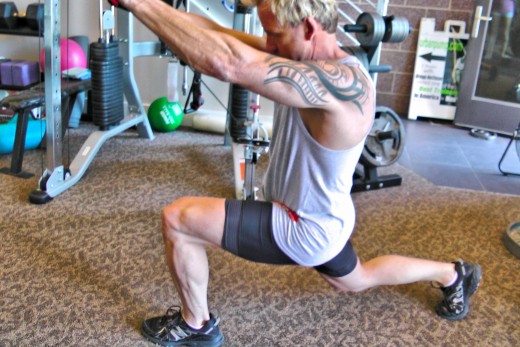
What is functional training?
Nailing a true definition of functional training in the fitness industry is a bit elusive. Many trainers and fitness organizations have their own idea of what it means. Having said that, there seems to be three main definitions that most fitness professionals agree on:
- Functional training involves movement in all three planes: the frontal plane, sagittal plane, and the transverse plane.
- Functional training involves movement patterns that resembles daily activities or sports.
- Functional training is simply about getting strong, so any form of strength training is "functional".
Let's take a closer look at these three definitions and see if they can fit the criteria of functional exercise, and if there is value to adding them a well rounded exercise program.
Functional training involves movement on all three planes of motion.
Movement takes place in three planes of motion. Imagine a body standing erect. In that vision, you can divide the body into three parts. If you divide the body into the front half and the back half, this is called the frontal or coronal plane. Movement in that plane would be something like lateral raises or hip abduction (moving the leg away from the body laterally) and adduction (bringing the leg toward the mid line of the body). If you divide the body into left and right, that would be the sagittal plane. So movement in that plane in a strict sense would be something like front raises or bicep curls. The transverse plane will divide the body between the upper and lower portions, and movement in that plane will be rotational movements such as torso twist or a wood chop.
Most strength training exercises will create movement in one or two planes of motion. For example, the dumbbell press creates movement in both the frontal and transverse planes. However, they do not work in all three planes at once, and the argument goes that the body moves in a three dimensional plane, thus making these exercise not "functional".
I agree with this point. We live and move in a three dimensional world, and I believe that if we do strength building exercises in just one or two dimensions, we are doing the body a disservice. Isolating and training the various muscle groups, such as a bench press to build the strength of the chest muscles and a leg press to strengthen the legs is a great way to build a high level of strength in the muscles individually, but it does not teach the body to use all of the muscles in a coordinated way, nor does it help with body awareness in relation to space (this is called proprioception). I have witnessed this on just about every new client I see. They all struggle with balance and coordination when I have them do the functional exercises. This includes my clients who have many years of lifting experience before they come to see me!
Functional training involves movement patterns that resembles daily activities or sports.
This is a common viewpoint, and it is one that seems to make sense on the surface of it. After all, the main goal of functional training is to make daily activities easier. Moreover, if a functional exercise program can add a bit more power or explosiveness over basic strength training, that could be the difference between winning and losing on the playing field. However, it does not really play out as straight forward as it sounds.
For starters, I do not believe it is in the best interest of a trainee to mimic movement patterns in the gym that she does in real life. Let me give an example. Say a client tells her trainer that she works at UPS, and a good portion of her work day has her lifting boxes off the floor and putting them on a shelf with a little torsional rotation. The trainer would then have her do that same motion with heavier and heavier loads with the belief that it would make that task easier. This is a big mistake for two reasons. First of all, that is a repetitive movement pattern that over time will lead to over use injuries. Tendinitis, arthritis, and other such long term injuries will be aggravated by adding more of the same movement patterns in the gym. The other problem with repetitive movement patterns like this is that it will also further intensify any muscle imbalances that are originally caused by that specific pattern. Some muscle groups will get stronger while others will get weaker over time, which is one of the big reasons why many people struggle with lower back pain.
When it comes to training for sport, most trainees will use explosive or ballistic exercises to try to improve performance. For example, he would do a bench press by bouncing the bar off his chest, and then "exploding up" as fast as he can. This is not a wise strategy. Cedric Bryant, chief science officer for ACE (American Council on Exercise), says it best on his article What is functional strength training?
At the extreme, some individuals believe that by mimicking the explosive, ballistic activities of high-level competitive athletes, they are training in a functional manner. All too often, however, such training programs greatly exceed the physiological capabilities of the average exerciser, which ultimately increases the possibility that an injury might occur.
Most would agree that there is nothing functional about sustaining an injury due to improper training.
I agree. This is all too common, and it is hard to prove that ballistic movements improve overall muscular strength or skill over a slower and more controlled rep protocol. Furthermore, it is quite possible that mirroring sport type movement patterns with resistance may have a negative correlation to performance. This is due to the phenomena of learning transfer. There are three types of transfer that have an impact on sports performance. They are: positive transfer, negative transfer and neutral transfer. Positive transfer is where a learned skill from a previous sport may be similar to a new skill set in a different but similar sport. A clear example of this would be an athlete learning the chest pass in netball, and transferring that skill to a chest pass in basketball. Negative transfer is where a learned skill from a previous sport may have a negative impact on a similar skill set in another sport. A good example of this would be a baseball player perfecting his batting skill against an overhanded pitcher who throws a small ball, and then he plays a game of softball and tries to hit the softball while he is at bat. The underhanded motion of the throw coupled with the size of the ball, among other factors, will greatly hinder his performance. He will have to re-train his neuromuscular system with a lot of practice to master the complex motor skills needed to improve his game. So anytime a trainer will have a client do a skill pattern under load, he is reinforcing poor motor patterns for the sport of the client. It reminds me of a trainer I witnessed several years ago. He had a client who wanted to improve his golf game, so the trainer would have him do golf swings with a band tied to the club and to a bar from behind for resistance while he practiced his swing. Understanding the concept of learning transfer, he most likely made the client's golf swing worse from this practice. Remember, most skills that are highly developed in sport are fine motor control movement patterns. The weight of the ball. The timing of the motion. The velocity. All of these factors have to be precise to the conditions on the playing field. Moreover, it takes years of practice, even for the gifted athletes to reach a high level of mastery. You do not want your training program to short circuit that process. Neutral transfer is where a similar movement pattern will have no effect one way or the other. I would have to put in this classification all of the explosive and ballistic lifts. They do not have a positive, nor a negative transfer. They are neutral, and realizing that, I would not recommend this style of training because the probability of injury is much higher.
Functional training is simply about getting strong, so any form of strength training is "functional"
I can relate to this definition. I really do. I am a big fan of strength training. I believe that strength training is the single best thing you can do to build and maintain a fit, shapely, highly functional body for your whole life. And yes, the stronger the muscle, the more "functional" it can be. Strength training has to be the cornerstone of your exercise program. Having said that, I do believe that even strength training has its limitations. It does not teach the muscles to work in a coordinated fashion, nor is it very good for developing proprioception. More needs to be done.
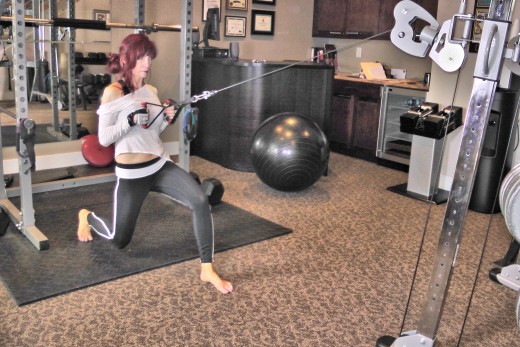
How we define and implement functional training
So how do we define functional training in the context of the Hystrength(sm) training program that I created from my thirty years of being in the fitness industry? Before I answer that, I would like to add a bit more about functional training by Cedric Bryant that I feel is relevant.
In many respects, functional strength training should be thought of in terms of a movement continuum. As humans, we perform a wide range of movement activities, such as walking, jogging, running, sprinting, jumping, lifting, pushing, pulling, bending, twisting, turning, standing, starting, stopping, climbing and lunging. All of these activities involve smooth, rhythmic motions in the three cardinal planes of movement- sagittal, frontal and transverse.
Training to improve functional strength involves more than simply increasing the force-producing capability of a muscle or group of muscles. Rather, it requires training to enhance the coordinated working relationship between the nervous and muscular systems.
Functional strength training involves performing work against resistance in such a manner that the improvements in strength directly enhance the performance of movements so that an individual's activities of daily living are easier to perform. Simply stated, the primary goal of functional training is to transfer the improvements in strength achieved in one movement to enhancing the performance of another movement by affecting the entire neuromuscular system.
Cedric Bryant wrote a very good article about functional strength training. I encourage you to read it. Here is our definition of functional training. It is a bit more succinct, but spot on with what we are trying to achieve:
Functional exercises are general whole body movements performed under load to teach the body to work as a coordinated unit. They are designed to develop body awareness, balance, and fluid motion.
Moreover, the exercises are performed in all three planes of motion, and they do improve body awareness. As I mentioned earlier, most people, even experienced lifters, are very uncoordinated and off balance when I first have them perform the functional exercises.
The functional exercises are performed with a faster but controlled tempo than a traditional strength lift, but still not employing explosive or ballistic actions. Additionally, I have my clients do them with a lighter weight, higher repetition protocol as well, around the 15 to 20 rep range. This helps to reinforce fluid movement. Another unexpected benefit from the functional exercises we do is the fact that it gets the heart rate up quite well, which is great for training above the anaerobic threshold.
The Hystrength(sm) exercise program is very brief and intense. Our clients (and both Sharon and I) do twelve exercises per workout session at the most, and we train the whole body. Two or three of the exercises are functional exercises, and they round out the exercise program very well. I'd encourage you to add some functional exercises to your routine too.
Below are a couple of videos of functional exercises we do.




